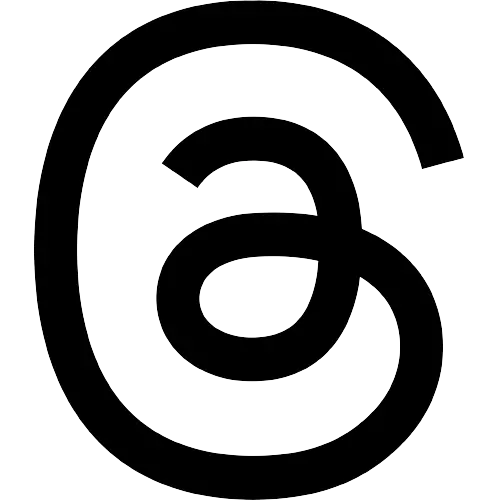Editorial: Ghibli AI art is just glib piracy
The marvel of GPT-4o is that it allows users, even those who can’t draw a straight line with the aid of a ruler, to generate visuals that closely mimic the iconic hand-drawn aesthetic of Studio Ghibli films, including intricate backgrounds and whimsical characters.

Image credit: ChatGpt
CHENNAI: The current hot thing on social media is AI-generated Studio Ghibli-style art enabled by OpenAI's latest version, GPT-4o. Studio Ghibli is a globally celebrated Japanese animation studio known for its artistic innovation, emotional depth, and cultural impact. Co-founded in 1985 by Hayao Miyazaki, the studio revolutionized animation with its unique storytelling and meticulous craftsmanship.
The marvel of GPT-4o is that it allows users, even those who can’t draw a straight line with the aid of a ruler, to generate visuals that closely mimic the iconic hand-drawn aesthetic of Studio Ghibli films, including intricate backgrounds and whimsical characters. In short, it rips off a style of art developed over a lifetime by the 84-year-old Miyazaki.
Ghibli memes have flooded social media platforms like Twitter and Instagram, with users ‘Ghiblifying’ their personal photos and cultural icons. An early adopter is MyGovindia, the government of India’s online shrine to Narendra Modi. It posted multiple Ghibli images of its deity with the disingenuous question, “Main character? No. He’s the whole storyline.”
One Ghibli meme very popular in India shows the final railway station sequence from the 1995 film Dilwale Dulhaniya Le Jayenge, in which the Shah Rukh Khan character sweeps the Kajol character off the platform to the weep of violins. It’s all rather apt. The DDLJ scene was a lift from the Audrey Hepburn-Gary Cooper 1957 starrer Love in the Afternoon. So here is the ultimate rip-off engine ripping off Bollywood, the previous GOAT in the business.
The world is wowed by AI’s ability to mimic distinctive styles of art after learning from vast datasets of publicly available work, and congratulations to the engineers for effortlessly producing outputs strikingly similar to what humans can do only laboriously. But it takes a bit of artistic licence to say that Ghibli AI ‘democratizes’ access to artistic tools, allowing individuals to create Ghibli-style art instantly without requiring professional skills. That’s a ruse that software pirates never got to use. Had they, where would today’s tech bro billionaires be?
The ability of AI to mimic specific artistic styles, specifically those owned by living artists, raises questions about intellectual property rights and the unauthorised use of copyrighted content in training datasets. Until now, human society has treated an artist's imagination as his or her property, the output of which is to be enjoyed by society at large, never to be fettered, nor owned by anyone but the artist alone.
AI’s fast and furious incursion into art has generated a debate on social media about why artist communities are the first to be swept aside by new technology. In the first thirty years of the Internet, musicians, writers, photographers and journalists lost the protection of their work as search engines and social media flooded the internet with ‘free’ content. Now, AI threatens to use the very work produced by writers, art directors, designers, illustrators, musicians and filmmakers to make them redundant. Why must we suspend the rules that we applied to content pirates?
Is it because, as LinkedIn user Kevin Drew says, “Creative people have always been critical to resistance movements.” Is it because through murals/graffiti, music, performance art or poetry, “artists make the invisible visible — the suffering, the racism, the injustices? And artists do it in a way regular people can relate to?”



